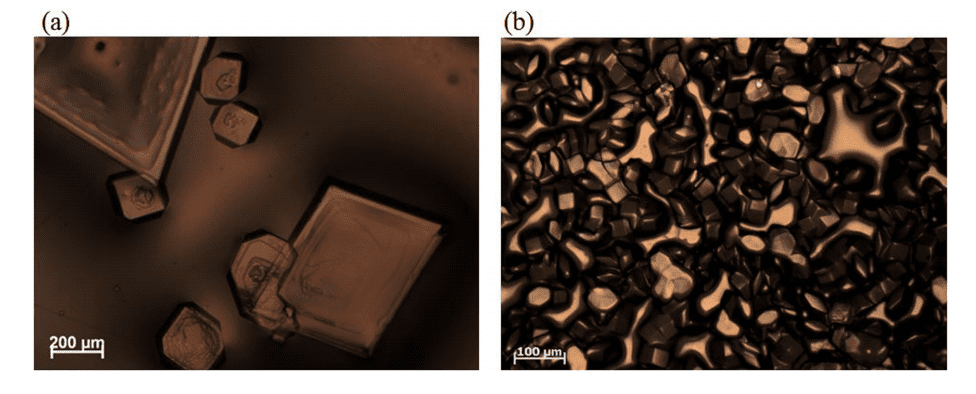
Scientists have identified a novel protein which generates electricity when mechanically stressed, such as when squeezed or tapped. The discovery suggests that plant waste could be turned into electricity in a more sustainable manner than current traditional methods, i.e. burning.
Squeezing juice
Everyone was very surprised by the amount of power this organelle called lysosome can generate. According to the Irish researchers at the University of Limerick, lysosomes could easily power electronics like smartphones, motion detectors, and all sorts of sensors.
Converting mechanical energy into electrical energy — a phenomenon called piezoelectricity (literally “pressing electricity”) — is nothing new. The phenomenon was first discovered and used in the 19th century and one of the most common application being electric cigarette lighters, which use piezoelectric crystals to create a flame. Another common application is the microphone you probably have incorporated in your laptop, whose piezoelectric crystals convert your voice (sound vibration) into electrical signals which are then processed by the computer. There’s even a dance club in San Francisco which uses this setup under its dance floor to power the lighting.
Previously, the team at the University of Limerick showed that applying pressure to lysosome crystals generates electricity. At the time, the researchers knew that this protein is found in egg white and tears. These are not the most productive sources of electricity unless you’re the kind of person that cries uncontrollably when the power is off.
In a new research published in the journal Nature Materials, the team found that lysosomes can also be sourced from forestry residues, a natural material which can be produced extremely cheaply. According to the researchers, lysosome crystals can be produced at 1% of the cost of currently used piezoelectric materials, which are not only more expensive but often times toxic. Lysosomes, on the other hand, is biodegradable.
“It is really exciting that such a tiny molecule can generate so much electricity,” said Sarah Guerin, lead author and researcher at UL’s Bernal Institute.
Future applications may include controlling the release of drugs in vivo by using lysozyme as a physiologically mediated pump that scavenges energy from its surroundings. Lysozyme could also be used as a biodegradable, piezoelectric, and antimicrobial additive or coating to conventional implants.



